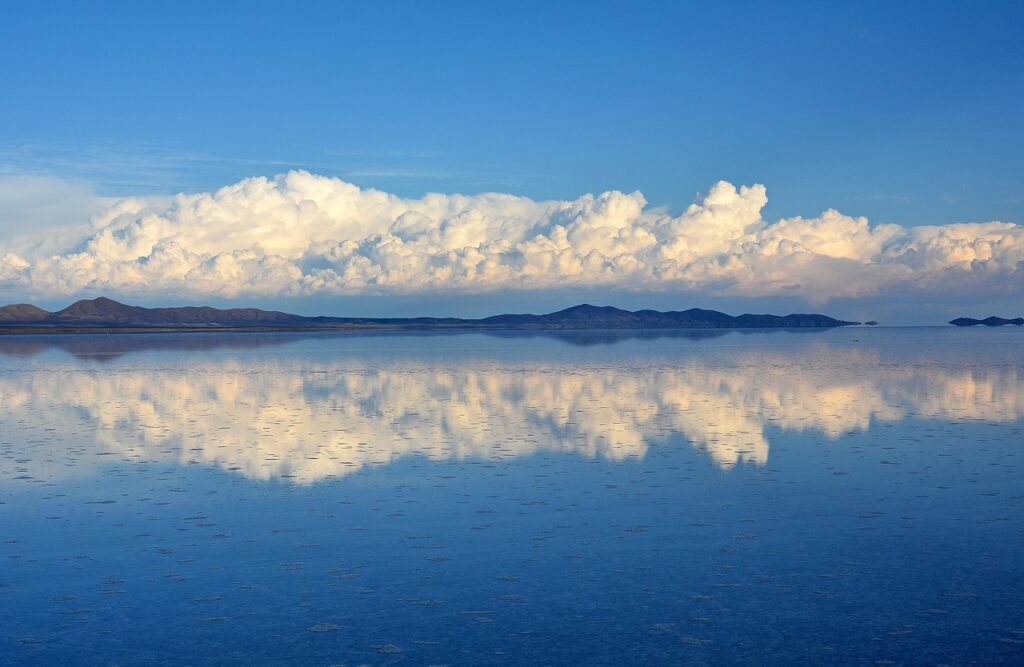
When I first stepped off the plane in Bolivia, I felt both excitement and a bit of anxiety. The landscapes were stunning, but I quickly wondered about the money situation. Could I use US dollars? What about credit cards? These questions ran through my mind as I trudged through the airport. I want to save you that moment of panic. This post dives into using US dollars and credit cards in Bolivia. Let’s get to the nitty-gritty of what you really need to know.
Currency Basics in Bolivia
Bolivia’s official currency is the boliviano (BOB). While most things here are priced in bolivianos, you’ll find that US dollars do hold some value in certain situations.
But here’s the catch—you shouldn’t rely on US dollars everywhere. Most local businesses and vendors accept bolivianos, and you might find it challenging to pay in dollars in smaller towns or markets.
Using US Dollars
Yes, US dollars are accepted in some touristy areas, especially in hotels and some restaurants. However, it’s not a blanket rule. If you’re planning to explore off the beaten path, have bolivianos on hand.
Here’s a tip: If you bring cash, make sure it’s in good condition. Torn or marked bills may not be accepted.
Exchanging Money
You can easily exchange your US dollars for bolivianos at banks, currency exchange booths, or even some hotels. Just keep in mind that airport exchange rates are usually lower.
For the best deals, look for unofficial street exchanges, but proceed with caution. There’s a bit of risk here, so stick with reputable vendors.
Using Credit Cards
Credit cards are becoming more widely accepted in Bolivia, especially in major cities like La Paz and Santa Cruz. Local businesses are catching up with tech, but it’s still hit or miss.
Where They’re Accepted
You’ll find that hotels, larger restaurants, and some shops accept cards, but many small vendors and markets don’t. If you plan to do a lot of shopping in local markets, bring cash.
Also, be prepared for potential extra fees. Some places might add a surcharge for card transactions.
ATM Access
ATMs are available in major cities, and they usually dispense bolivianos. You can use your international debit or credit card, but check with your bank about fees.
Here’s something you should know: ATMs can run out of cash, especially during holidays. So, it’s smart to reconfirm your financial plans.
Tips for Travelling with Money in Bolivia
Here are some handy tips that can save you time and stress.
Notify Your Bank
Before you leave, let your bank know you’ll be traveling. This prevents them from flagging your transactions as suspicious.
Carry Small Bills
Many vendors don’t have change for large bills, so make sure to carry smaller denominations. It makes purchases easier.
Be Wary of Scams
Like in any country, scams exist. If someone approaches you to exchange money on the street, be cautious. Stick with legitimate exchange services.
Keep Emergency Cash
It’s always smart to have some cash as a backup. A few bolivianos in your wallet can come in handy when you least expect it.
Final Thoughts
In summary, while you can use US dollars and credit cards in Bolivia, relying heavily on them isn’t recommended. The best approach is to have a mix of cash and cards. Stick with bolivianos for most transactions, especially in local markets.
This might sound like a lot to keep in mind, but really, just take it one step at a time. Enjoy the stunning landscapes and rich culture.
Traveling can be unpredictable, but being prepared with money matters will save you headaches. So go ahead—embrace the adventure!
[Check out more tips for traveling in South America!](https://www.southamericatraveler.com)
